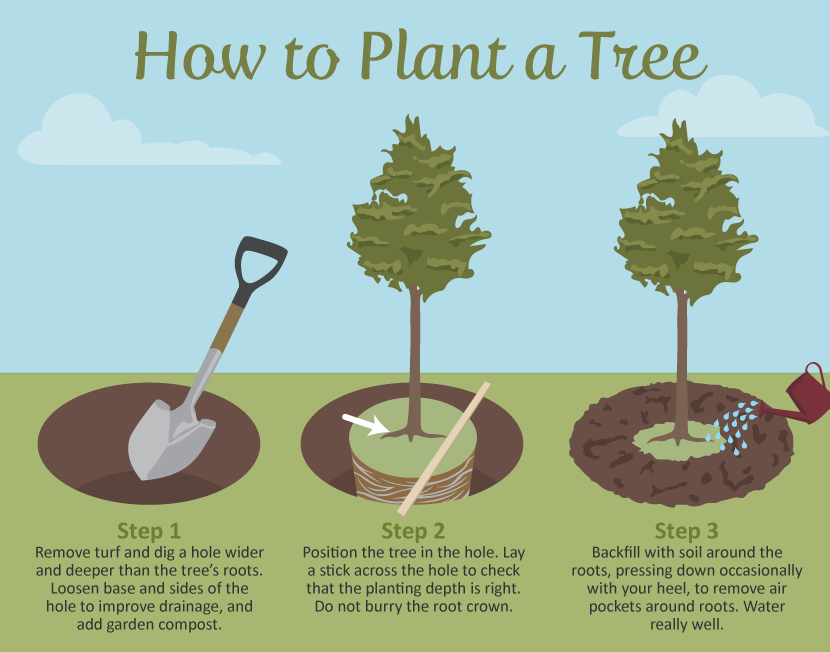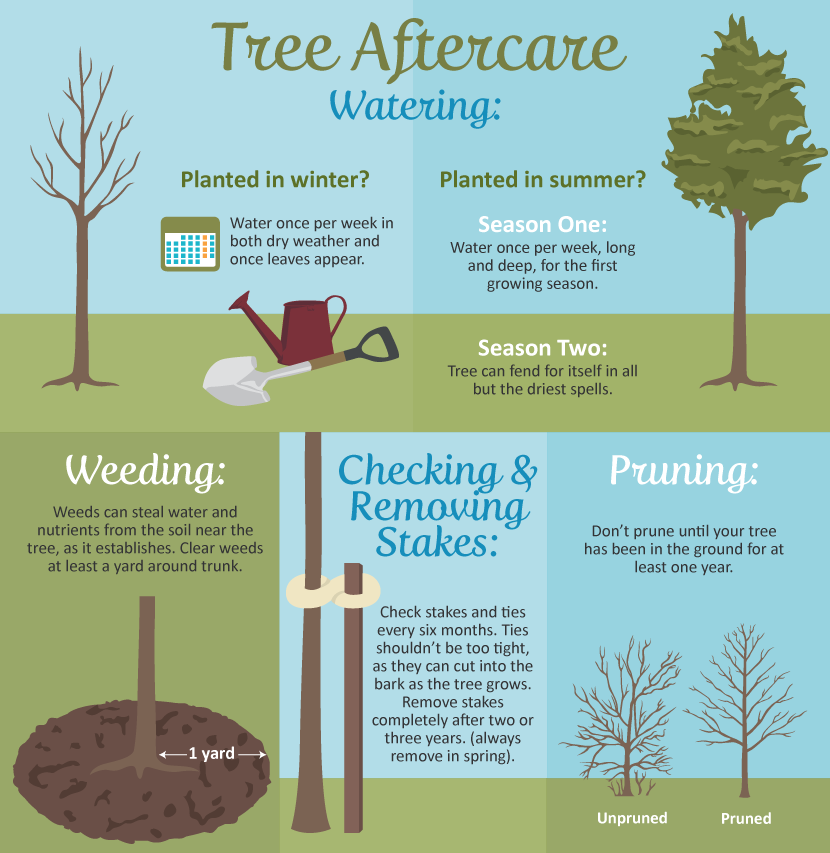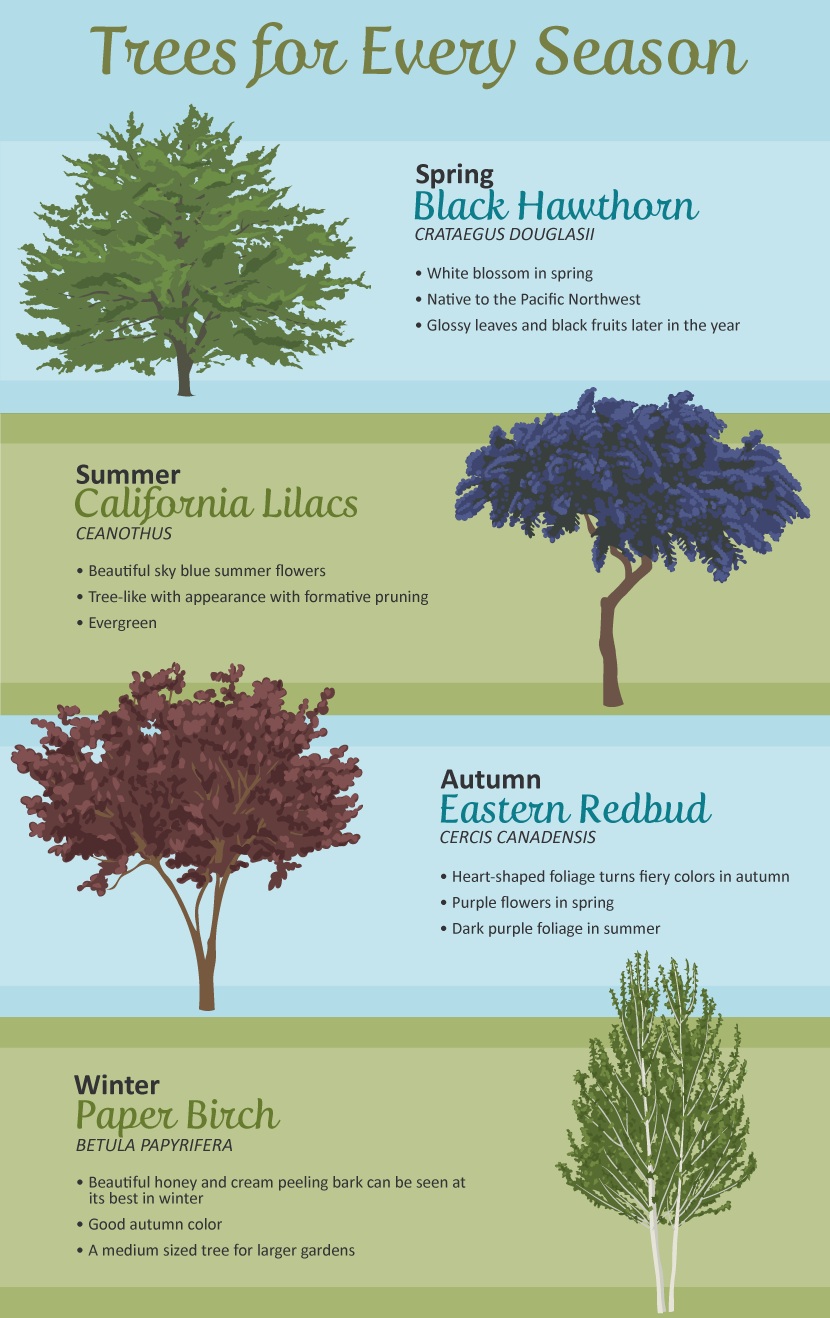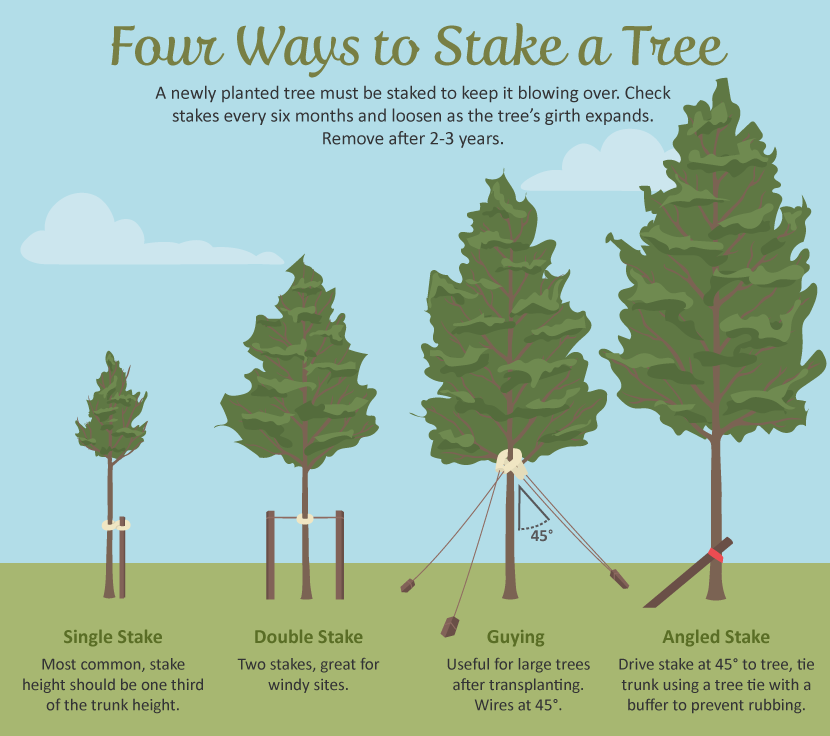Selecting the Right Tree for Your Garden
You may think that your garden or backyard is too small for a tree, but you are almost certainly wrong. The handy thing about trees is that they can take up very little space on the ground – particularly if the lower branches are pruned to allow a clear stem. But there are also a great number of smaller trees that will not stretch to the heavens and block out all light. There are many far more diminutive trees that will suit more modest yards.
The Reason for Trees
A tree in a garden carries out several important jobs: it takes the eye upwards, it provides year-round structure, and it imparts a sense of maturity to the garden. Gardens have both horizontal and vertical space. If you think a garden with a small footprint can only take small plants, you will be left with a garden that looks its size. By planting vertically as well, you will create a more alluring garden space. Larger plants blur the boundaries and make full use of all that vertical space.

Trees are very important for wildlife, too – especially native trees. Birds use trees for shelter, nesting, roosting, and as singing posts. Having a couple of trees in your garden is likely to increase the number of wild birds that visit you. Trees make gardens look more established and more welcoming to all visitors.
It is not just their physical presence that makes trees so useful in gardens. Some come with particular attributes that will light up the garden at a specific time of year.
Spring Trees
Spring is a fine season for smaller trees, with the ornamental cherries high on the list. Prunus “Amanogawa” is a small tree that grows to about 15 feet in height, with a columnar habit, which means that its branches are unlikely to spread out and take up too much space. It has beautiful clusters of double, soft pink flowers in spring.
Many magnolias also are a great choice. They stay small and their flowers are huge and spectacular. Magnolia soulangeana, with is soft white, pink blushed flowers, and Magnolia liliiflora “Nigra” with its deep purple-pink ones, both stay smaller than 20 feet in height, even when mature.
You could also consider Hawthorns, particularly the more ornamental ones such as “Paul’s Scarlet” (grows to around 15 feet tall), or Lilacs, which are of similar height and sit somewhere between a large shrub and small tree, but can be pruned to encourage more of a tree-like shape.

Fall From the Heights
Autumn is another season that is particularly rich in interest among the smaller trees. There is some beautiful autumn color to be had, and you certainly don’t need a park or an arboretum in order to enjoy them.
One of the loveliest is the very small-scale Cercis canadensis or “Forest Pansy” (grows to around 25 feet tall). It has lovely pink-purple flowers in spring, and dark purple, heart-shaped foliage throughout the summer. But it is in autumn that it really struts its stuff. Its leaves are slowly licked with oranges, yellows and reds, which are beautiful against the remaining dark purples.
Some of the ornamental cherries are similarly good value in both spring and autumn. In fact, Prunus “Amanogawa” is among the better ones, with fiery red coloring in autumn. Prunus “Acolade” (grows to around 16 feet tall) is another, with leaves that turn a gorgeous orange-red in autumn.

The Japanese acers are also spectacular at this time of year. Acer palmatum var. dissectum forms a very small-growing tree, reaching just 10 feet in height, and its leaves turn from purple to gorgeous red in autumn.
It’s not just leaves that adorn trees in autumn. There are several small trees that sport beautiful berries. All of the rowans have both leaf color and clusters of colorful berries, and Sorbus commixta “Embley” (20 feet max.) is one of the best, with glossy red foliage and yellow berries. Of the white-berried forms, Sorbus vilmornii (14 feet tall) looks particularly beautiful in autumn, when its white, pink-flushed berries are set off by burgundy foliage.
Winter Woods
There are also a few small trees that are at their very best in winter, when the full beauty of their bark can be appreciated. If you would like to look out of your kitchen window all winter at beautiful peeling cinnamon- and chestnut-colored bark then go for Acer griseum, the paperbark maple (20 feet tall). For shining white bark choose one of the smaller silver birches such as Betula jacquemontii, or “Snow Queen,” which grows to 20 feet tall. To help keep it small – and to show off its bark best – you can cut it down to the ground to encourage it to become multi-branched. This is a great trick for any tree that has beautiful winter bark.

If even these ideas sound too large for your patch, consider growing a tree in a pot. For this you will need the biggest pot and the most diminutive of trees. Look at dwarf fruit trees, many of which will grow happily throughout their lives. Any apple trees grown on an M27 rootstock (the rootstock inhibits vigor) will be happy in a pot, as will nectarines and peaches grown on a Torrinel 24 rootstock, and pears grown on a Quince C rootstock. Look on labels or quiz your nursery worker.
Japanese maples, olives, and bay trees will also grow beautifully in a pot and stay compact (bays may need a little pruning, but they can take it). The biggest challenge will be keeping them well watered, so choose a large pot, because large areas of compost dry out slower that smaller ones, and water frequently and deeply to keep your tree healthy.
As long as you have a little soil to call your own, you can have a tree. No matter how small, a tree is an investment, so take the time to consider what you want from yours, and select the right one for your needs. Trees are investments worth making. Your tree will provide shade, dappled light, structure, and beauty, and can help you to fill your garden with wildlife, blossom, berries, or scarlet autumn leaves for a great many years to come.
Embed the article on your site

